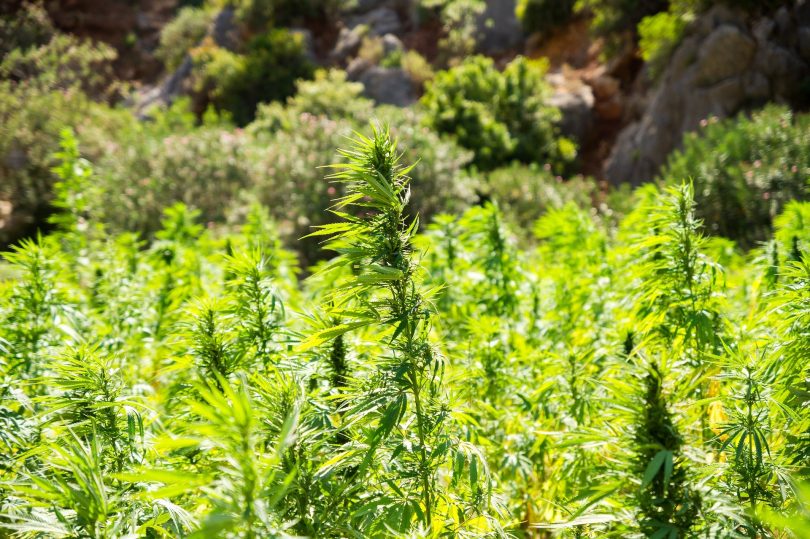The Cannabis Cultivation Policy, adopted in 2017, is California’s holistic approach to regulate and evaluate the water use of cannabis cultivation operations. The steady evolution of the policy, including 2019 updates relating to tribal buffers, indoor cultivation sites, onstream reservoirs, and winter preparation, shows how irrigation regulation can foster constructive communication between state agencies and licensed cultivators.
In a Hastings Environmental Law Journal article, California corporate and regulatory attorney Joanna Hossack reviews the framework and genesis of California cannabis law. [1] She looks at state assembly and senate bills, including the passage of the Medical Marijuana Regulation and Safety Act in 2015, which provisioned for the regulation of (previously decriminalized) commercial cannabis for the first time in decades.
Hossack discusses key features of the Cannabis Cultivation Policy. These include allowing diversion of water during the wet season, November 1 to March 31, and prohibiting diversion during the dry season, April 1 through October 31. California suffers severe droughts and water is a critical resource. These rules were also instituted to ensure that fish are able to spawn, migrate, and rear larvae. The Policy is meant to protect wildlife in springs, wetlands, and aquatic habitats. Even during the wet season, cultivators must record adequate instream flow for seven days prior to diversion.
Hossack examines concerns in the Emerald Triangle, a cannabis-growing region composed of portions of Humboldt, Trinity, and Mendocino Counties. This area has traditionally seen a high amount of illegal cultivation activity, and after legalization, the area retained its importance. [1] In 2019, the California Department of Food and Agriculture found Humboldt County was home to the highest number of licensed cultivation permits in the state; Mendocino was third and Trinity fifth. Storing sufficient water during the wet season remains a significant challenge for licensed farmers in this region.
Illegal cannabis cultivation has caused incredible damage to sensitive watersheds and habitats in the Emerald Triangle and areas like it. [1] Remote and difficult-to-access areas, especially those with rural roads and extensive forests, are still home to unlicensed and destructive cultivation activities. The problem encourages state agencies, the public, the cannabis industry, and other industries to ask: what more can we do to inform, motivate, and enforce environmentally sound policies? As Hossack writes in her introduction, the Cannabis Cultivation Policy “…reflects the aspirations of many cultivators to ensure that cannabis is not only the state’s most valuable crop, but also its most sustainable.” [1]
References
[1] Hossack J. Leading the way in sustainable practices: How the Cannabis Cultivation Policy is rethinking water management in California. Hastings Envt’l L.J. 2019;25(281): 281-300. Impact Factor: n/a; Times Cited: n/a.







